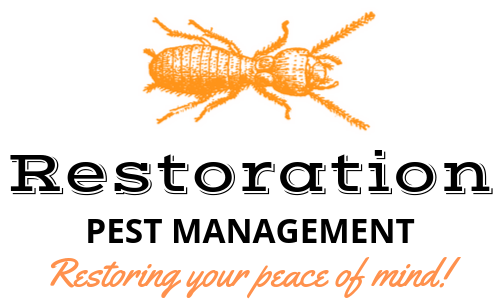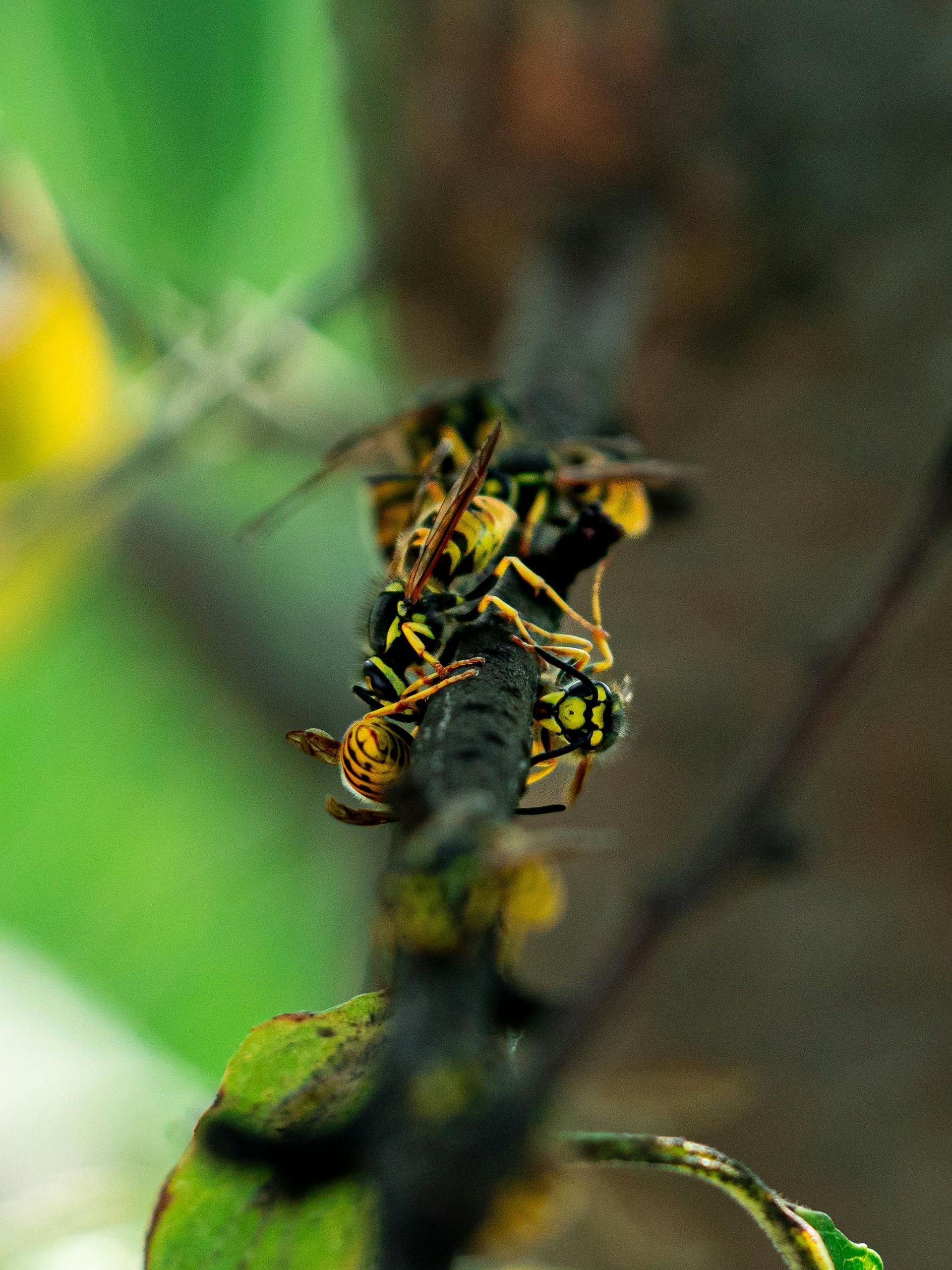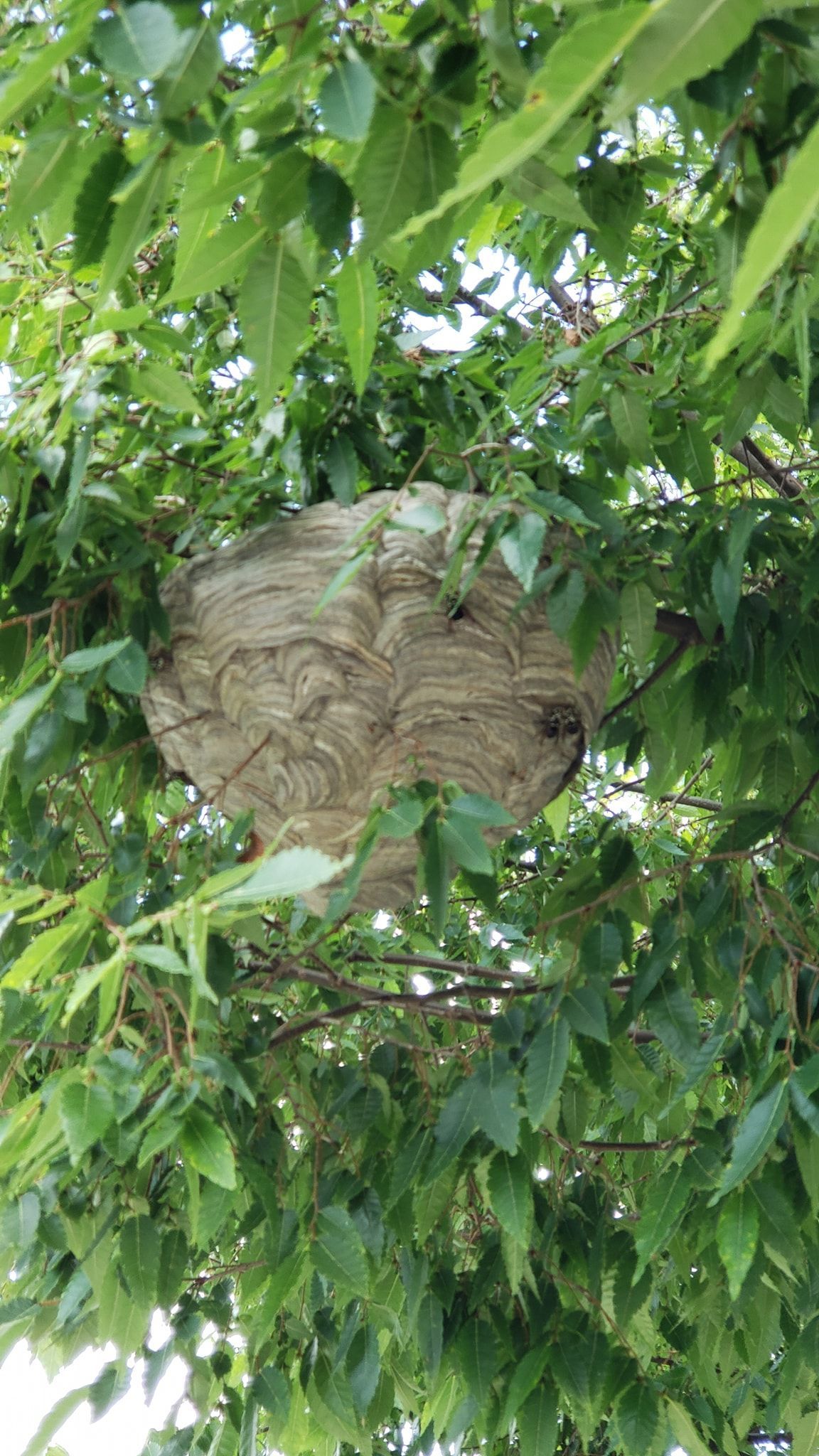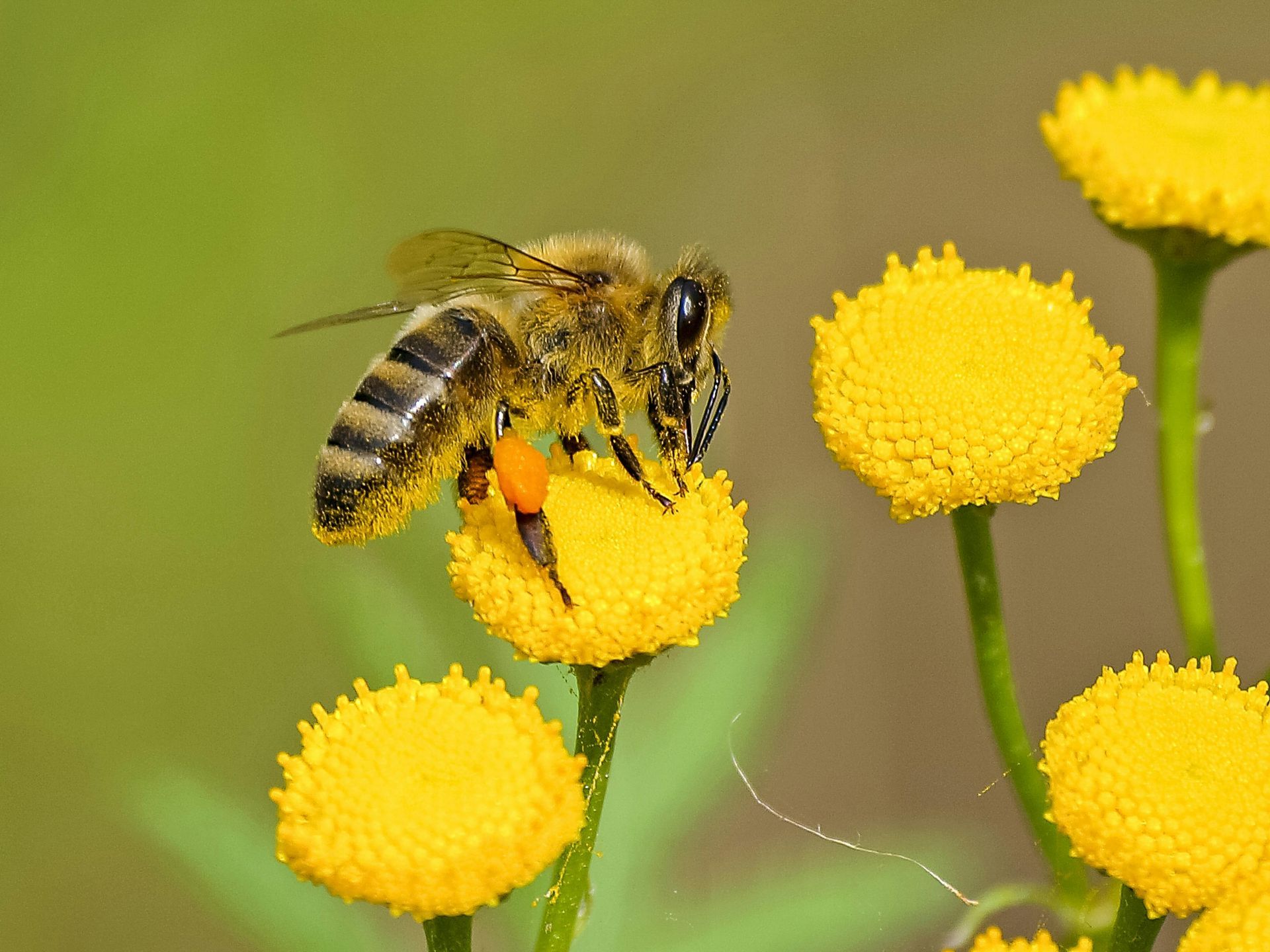Yellow jackets are social wasps known for their aggressive behavior, particularly when their nests are disturbed. They are often mistaken for bees due to their similar appearance, but yellow jackets are more prone to attack when they feel threatened. Their nests, typically constructed in the ground or in sheltered areas like eaves and attics, can house thousands of individuals, making them a significant threat to anyone nearby.
The potential for harm from yellow jackets is considerable, as their stings can be painful and, in some cases, lead to severe allergic reactions. Unlike bees, yellow jackets can sting multiple times, injecting venom with each attack. This aggressive nature is particularly pronounced during late summer and early fall when food sources become scarce, prompting them to defend their nests more vigorously.
Swarming activity is a common behavior among yellow jackets, especially during the late summer months when the colony is at its peak. During this time, they may become more visible as they search for food, often invading picnics and outdoor gatherings. Their presence can create a hazardous environment, as swarming can lead to multiple stings if individuals inadvertently provoke the colony.
Given the risks associated with yellow jackets, it is crucial to enlist the help of a professional exterminator for safe and effective removal of their colonies. Professionals possess the expertise and equipment necessary to handle these aggressive insects, ensuring that the nest is eliminated without endangering those nearby. Attempting to remove a yellow jacket nest without proper knowledge can lead to dangerous encounters, making professional intervention the safest option.
Click here for more information on identifying Bees vs. Yellow Jackets




